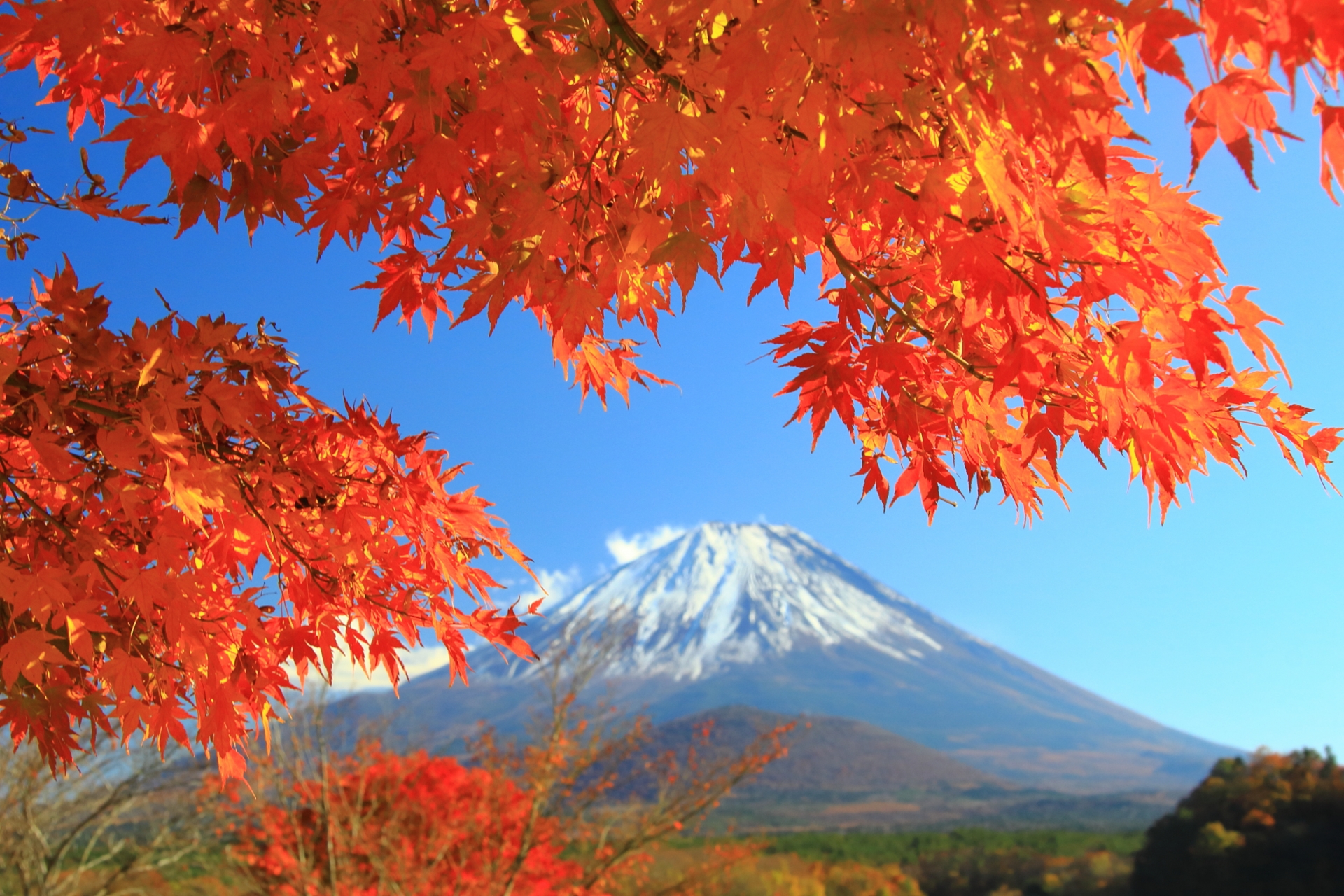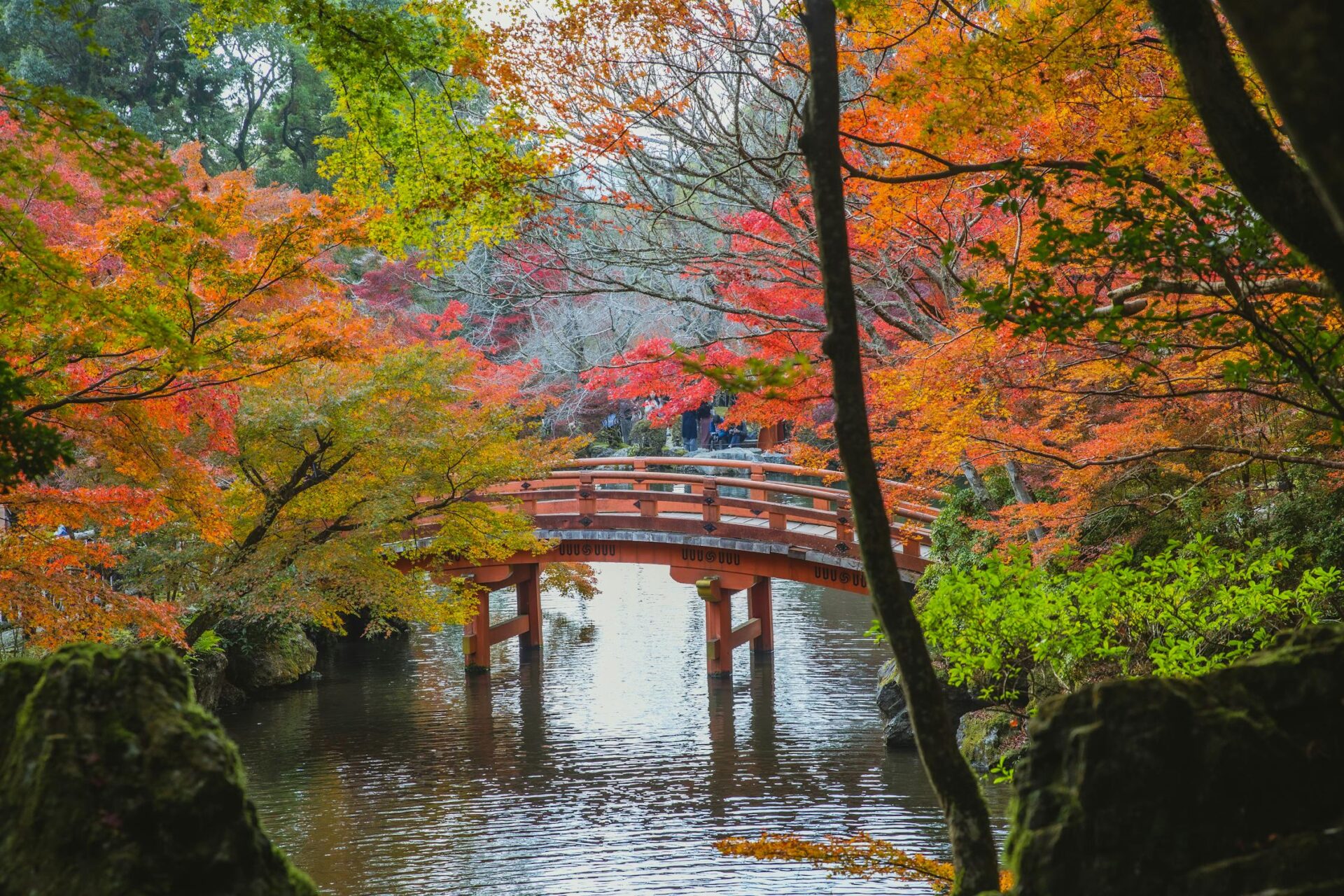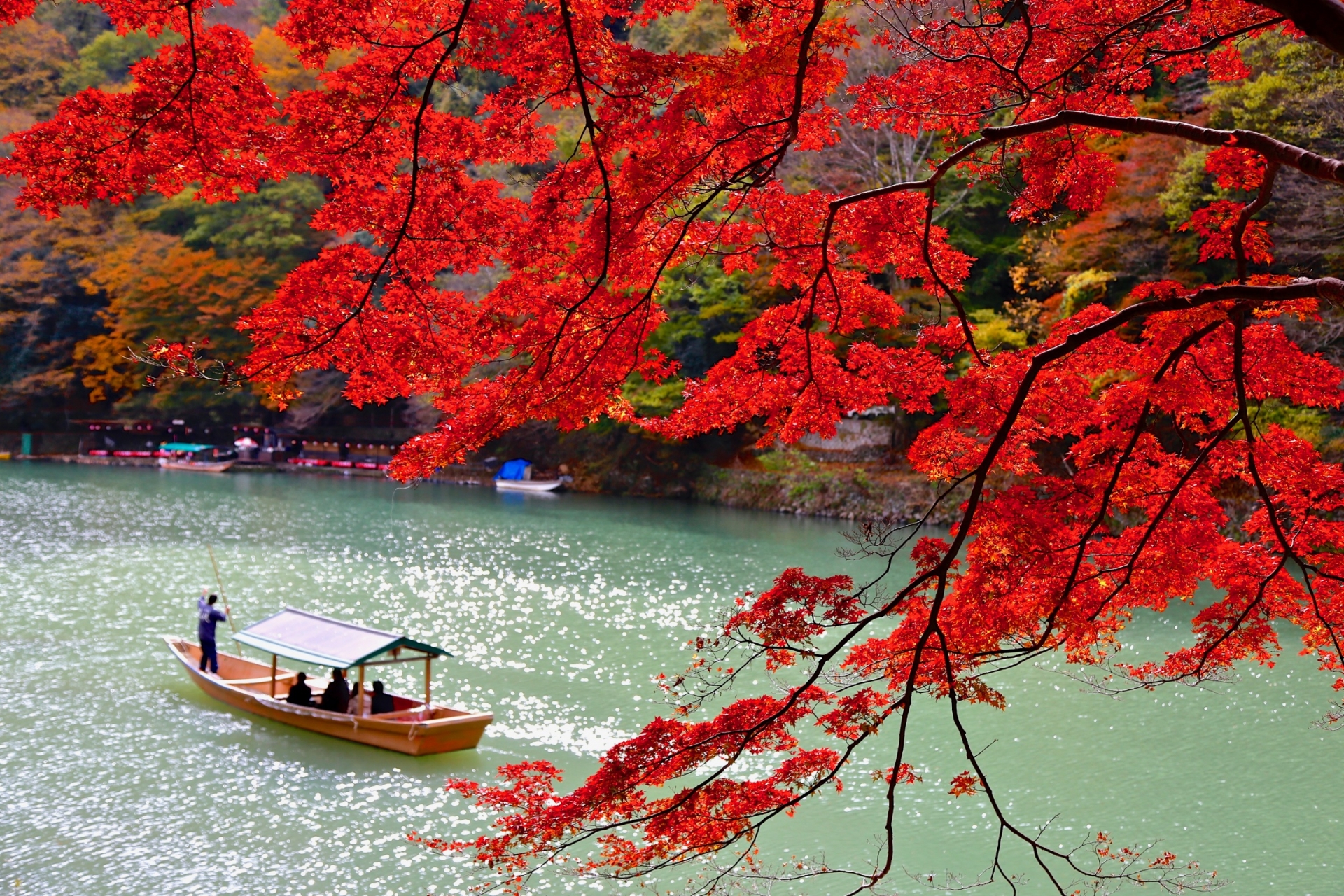
Misty Fujii is a Canadian DJ and writer who came to Japan seeking adventure and stuck around for love. Living life as a bucket list in progress, she’s as passionate about sharing her stories as she is experiencing them. She gets excited about collecting vintage vinyl records, food from all countries, traveling, and renovating her traditional Japanese house. She can be found on Instagram @djmisty
This post may contain some affiliate links. When you click through and make a purchase we may receive some commission, at no extra cost to you.
Crisp air, colorful leaves falling to the ground, and shorter days paint a vivid picture of autumn. But beyond the familiar, Japan offers a beautiful and poetic perspective on fall. Here, the season isn’t just a time for chestnuts, sweet potato, (and pumpkin spice!); it’s a beautiful time with distinct micro-seasons.
Japanese culture celebrates the temporary beauty of things. This philosophy, known as mono-no-aware, is found in everything from poetry to art. It reminds us to savor the present moment because life is short! And in a country with the potential for natural disasters, this appreciation for the impermanence of things hits even deeper.
Micro-seasons are where the standard four seasons are divided into 24 parts called sekki (6 each season) and then subdivided further into 72 kou (18 each season). This concept stems from a 72-season calendar adopted from China centuries ago. This calendar was Japan’s primary way of telling the time until it was updated to match the Western calendar in 1873. Today, the ancient 72-season calendar is still used by farmers, fishermen, and aesthetes who appreciate the beauty of it. Each micro-season, lasting about five days, captures the subtle shifts in nature, which is the key to working alongside the earth. From the first hint of spring’s warmth and summer’s heat to the gentle chill of autumn, these tiny chapters offer a profound appreciation for the impermanence of life.
So, the next time you find yourself in Japan during autumn, take a moment to slow down and experience the magic of Japan’s fall micro-seasons. Grab a chestnut, sweet potato, or pumpkin spice latte and read on to learn about the six sekki of Autumn. You might just discover a whole new way to appreciate the beauty of nature!
1. Shūbun (秋分) Autumn Equinox
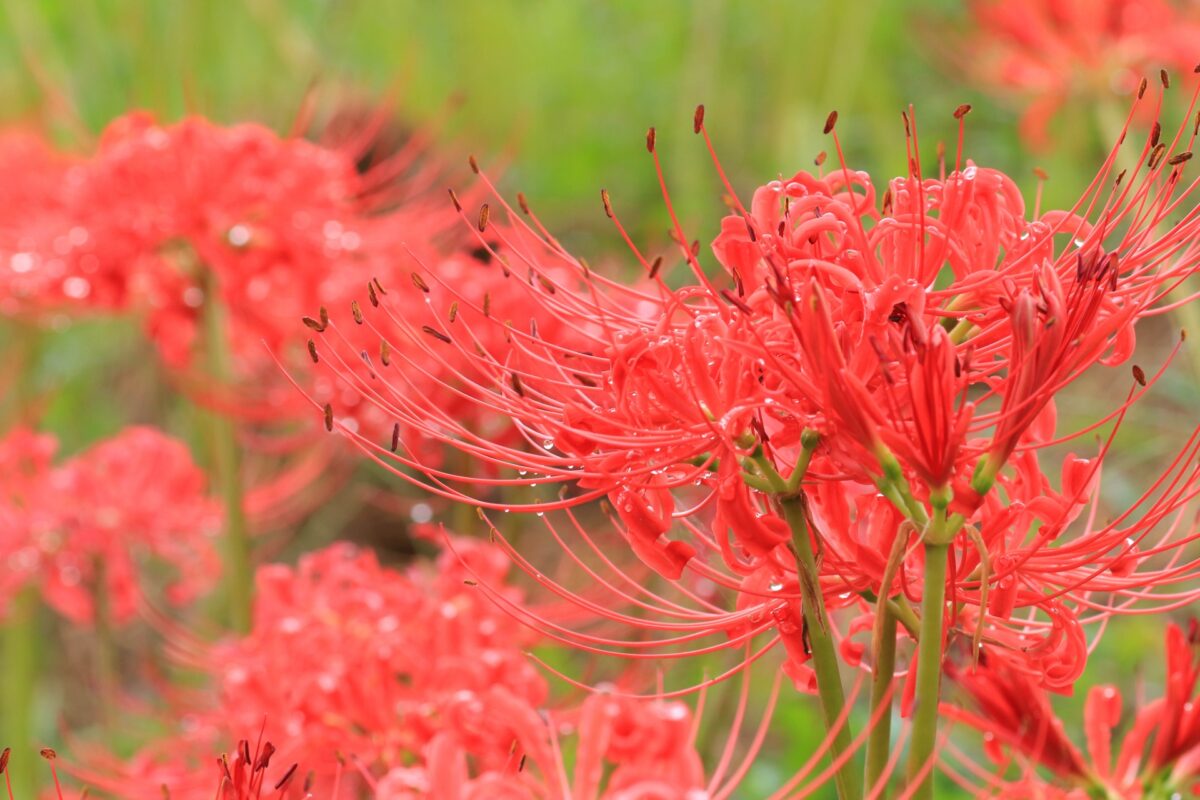
When day and night become equal in length, and the world around us starts transforming again, you can finally feel Shubun. It begins on September 23, during the autumnal equinox, and marks the beginning of fall. You’ll see bright red spider lilies with their vibrant blooms surrounding the embarkments of rice fields, unmissable with their fiery hues. And take a deep breath as the air fills with the sweet fragrance of kinmokusei, a tree revered for its intoxicating aroma (move over, pumpkin spice!). Shubun is a beautiful time to pause and appreciate the subtle shifts in nature, especially the cooling weather that finally offers relief from the hot summer.
Don’t forget to celebrate and eat! Tsukimi, or moon viewing, is a popular activity, with families gathering to admire the full moon and offer thanks for the harvest. And when it comes to food, matsutake mushrooms, prized for their distinct aroma, and taro, a versatile root vegetable, take center stage. Another popular snack comes from ginkgo trees, which produce edible nuts with a slightly bitter taste. And the Pacific saury, a fish whose Japanese name translates to “autumn sword fish,” is a popular choice. The days grow shorter, and the nights stretch longer as Shubun invites us to embrace the new season.
2. Kanro (寒露) Cold Dew
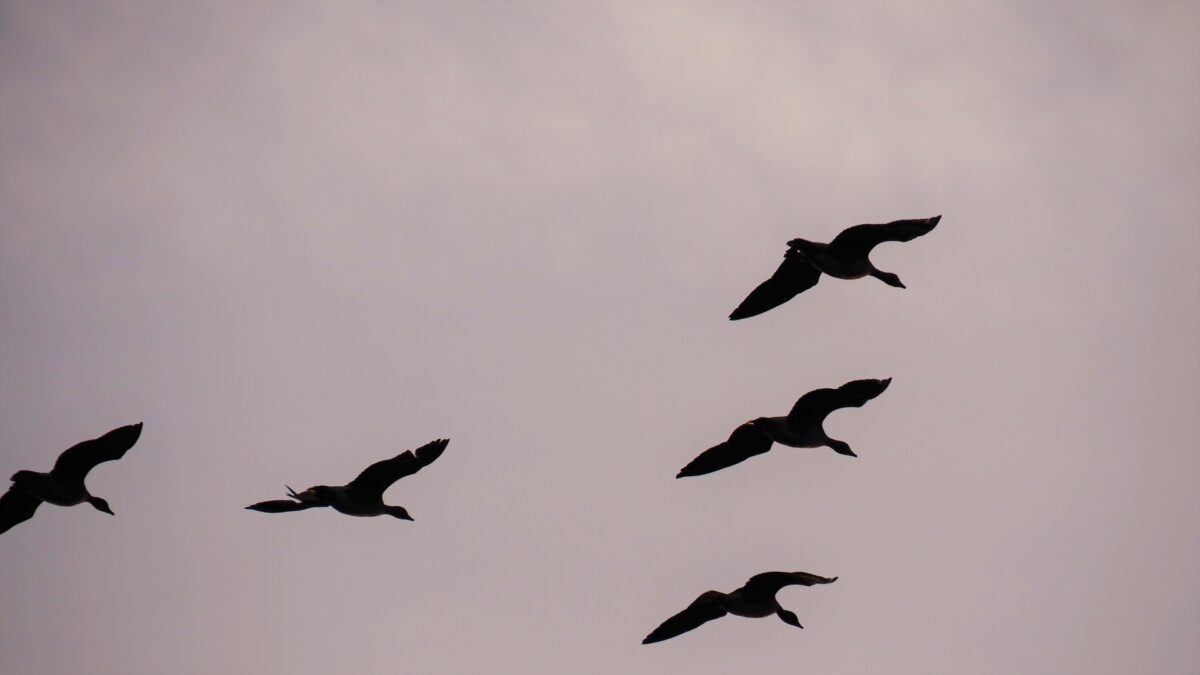
Kanro, the second sekki of autumn, arrives around October 8th, bringing a crisp and refreshing change to the air. As the days shorten and the nights grow cooler, nature prepares for winter. Migratory birds, such as geese and ducks, flock to Japan from colder regions, filling the skies with their distinctive V-shaped formations. The evenings are a symphony of nature’s sounds. Chirping insects create a soothing ambiance; you might even spot children collecting or buying these fascinating creatures to keep as temporary pets. It’s a delightful reminder of the simple pleasures of childhood.
Kanro is also a time of celebration and harvest. Festivals like Nagasaki Kunchi and Kannamesai are held to express gratitude for the year’s blessings. The Kurama Fire Festival in Kyoto, a unique and vibrant event, adds a touch of excitement to the season. And it wouldn’t be fall without an abundance of comforting treats. Apples, especially those from the Aomori prefecture, are a delicious and healthy snack. Foraging for mushrooms in the forests is a popular activity, and the sea offers a bounty of fresh fish. Mackerel, known for its rich flavor and nutritional value, is particularly prized during this time of year when it’s at its fattiest and tastiest. Whether grilled, cooked in miso or enjoyed raw as sashimi, mackerel is a healthy and lip-smacking addition to any autumn meal.
3. Sōkō (霜降) Frost Falls
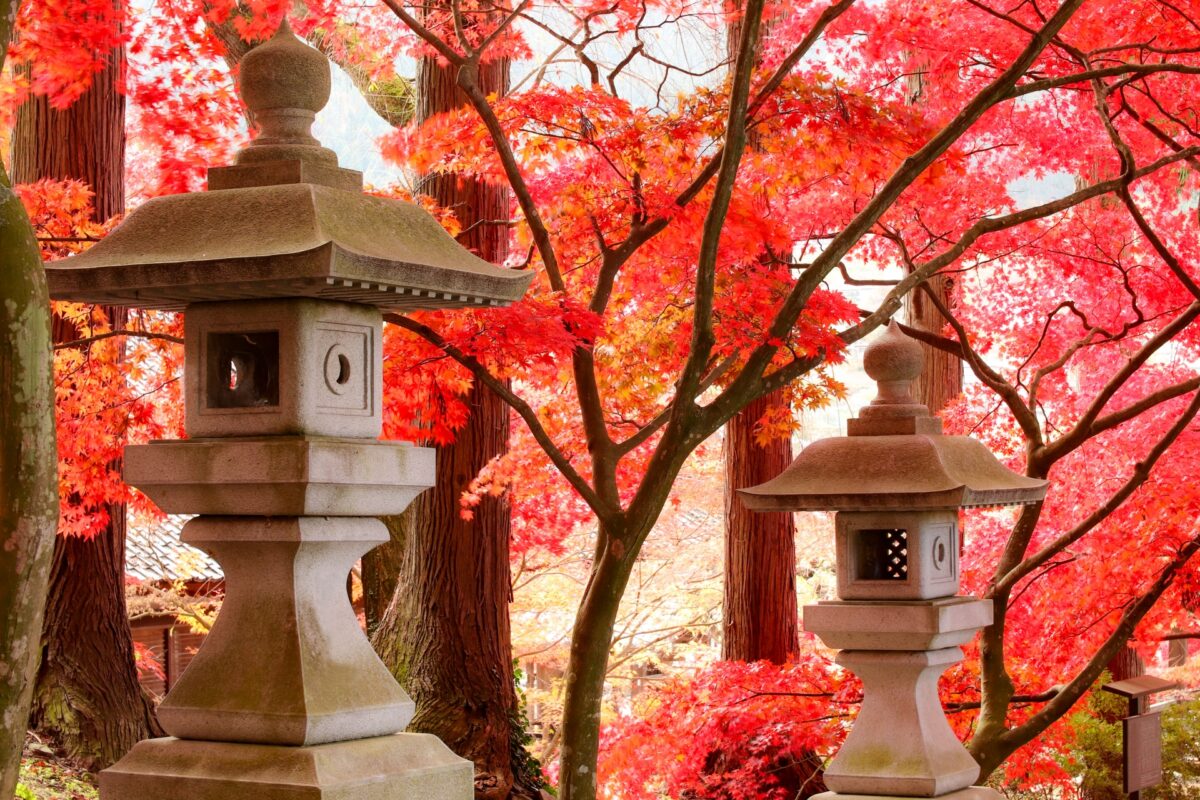
As the days become shorter and the air crisp, Japan transforms into a breathtaking autumnal wonderland. Frost begins to nip at the northern regions and mountainous areas, heralding the arrival of autumn leaves. The once-green foliage gradually begins to change, highlighting the landscape in hues of gold, crimson, and amber. The most iconic symbol of Soko is the maple tree, whose leaves, known as momiji, create intricate patterns on the mountains. Momijigari, the tradition of admiring autumn leaves, is a beloved pastime, rivaling even the cherry blossom and moon-viewing festivals.
Beyond the natural beauty, Soko is also a time for cultural celebrations. The Uwatsuhiko Shrine Autumn Festival in Ehime features towering ox-demon figures and a lively dance. Halloween happens during this microseason, and despite it being a Western tradition, it has gained popularity in Japan, offering a fun opportunity to dress up in costumes. When it comes to seasonal snacks, acorns, chestnuts, and inoko mochi (sweet rice cakes), are the leading contenders. Kaki fruit, or persimmons, are also wildly popular, thanks partly to a famous poem that immortalized their taste and the tranquility of a Nara temple.
4. Rittō (立冬) Beginning of Winter
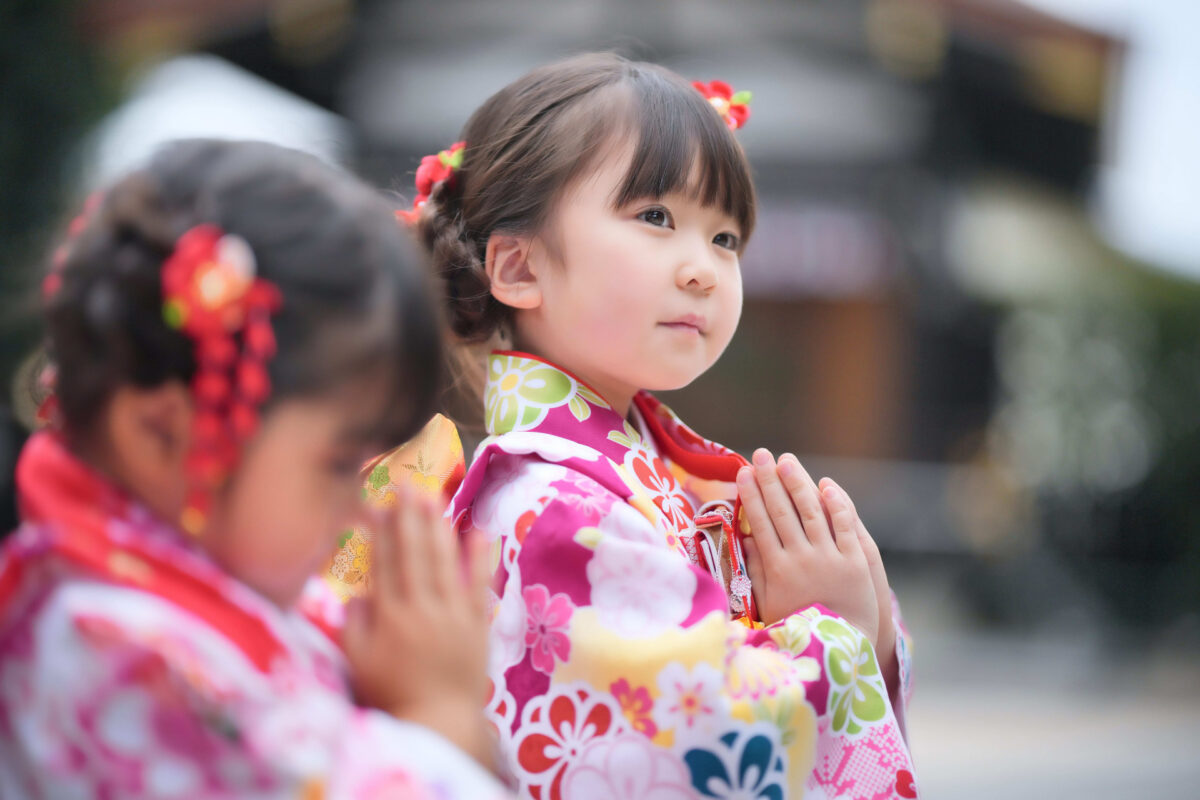
While the modern calendar places us firmly in autumn, Japan’s traditional calendar marks the arrival of winter starting on November 7. The first wintry winds signal winter’s approach, bringing with them cooler temperatures and shorter days. The mountainous regions in northern Japan begin to experience their first snowfalls while the rest of the country prepares for the upcoming winter months. Despite the chill, there are moments of warmth. Occasional warm days, known as koharu biyori or “second summer,” provide a brief respite from the cold.
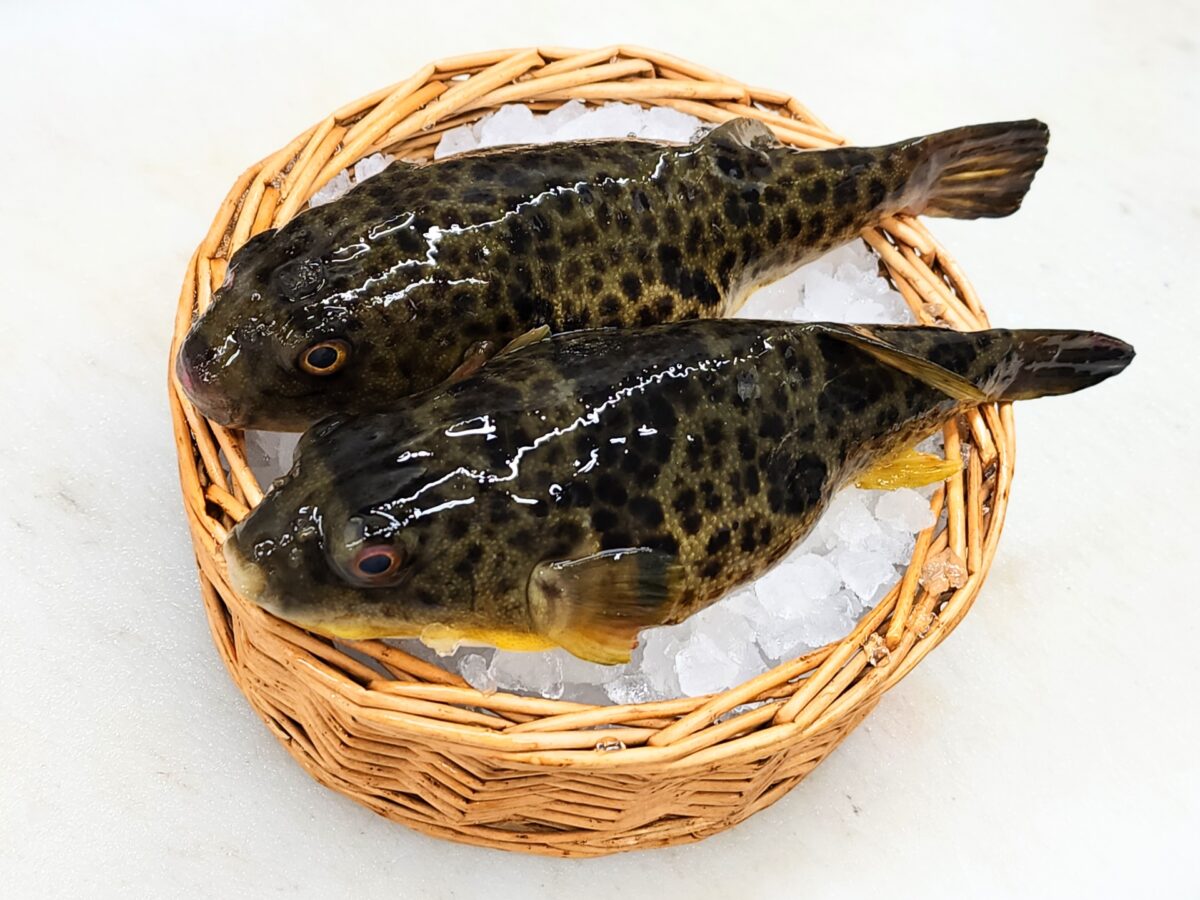
During this time, families celebrate Shichi-Go-San, a tradition honoring children aged three, five, or seven. Tori no Ichi, the “Rooster Market,” is another festive event held at shrines and temples associated with birds. Autumn’s culinary delights continue into early winter. Beaujolais Nouveau, a famous French wine, is now released, and it arrives in Japan a few hours earlier than in its home country. For a heartier meal, indulge in seasonal Chinese cabbage, mushrooms, and the infamous fugu fish. While poisonous if not prepared correctly, fugu is a delicacy many enjoy. The fish’s flesh, skin, milt, and fins can be prepared in various ways, from raw sashimi to deep-fried dishes and even sake! Now is an excellent time to start warming up; good food and drink is the ticket!
5. Shōsetsu (小雪) Lesser Snow
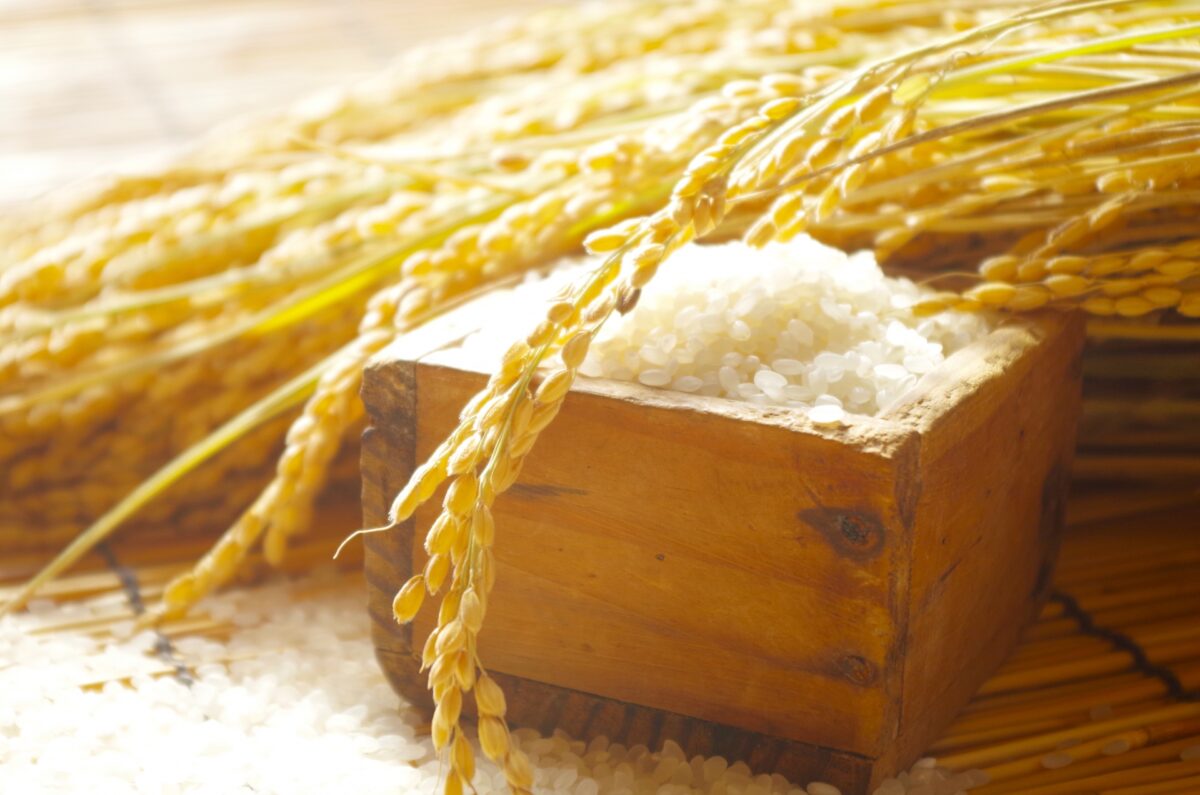
Shosetsu, the season that heralds the arrival of winter, begins on November 22nd. There isn’t much snow yet, though, earning it the nickname “little snow.” Still, the chilly weather is a harbinger of things to come. A significant event during Shosetsu is Niiname-sai, the emperor’s ceremonial offering of newly harvested rice to the gods. This ritual performed both in the imperial court and at shrines across Japan, is a gesture of gratitude and a prayer for bountiful harvests in the following year.
If you’re in Japan during this microseason, don’t miss the Chichibu Night Festival, one of Japan’s three most renowned float parade festivals. Taking place on December 2nd and 3rd, this event showcases the vibrant culture of Chichibu, Saitama Prefecture. If it’s getting a bit too chilly, it’s also the perfect time to cozy up around a kotatsu table and enjoy the sweet taste of mikan (mandarin oranges). For a heartier meal, cod fish is often featured in hot pots and fried dishes or used to make popular fish-paste products like kamaboko.
6. Taisetsu (大雪) Greater Snow
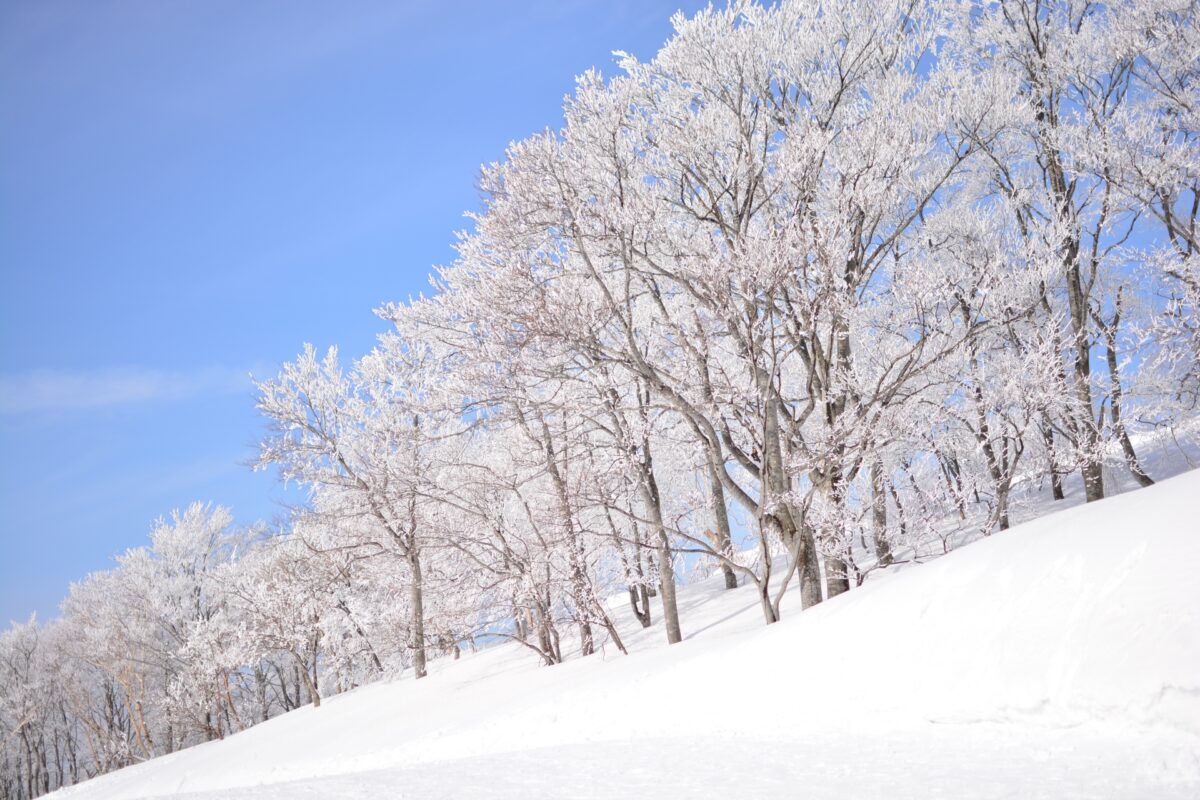
As the calendar flips to December 7th, Taisetsu, the sixth and final season of the Japanese year, arrives. The days grow shorter and colder, with snow blanketing the northern prefectures. Despite the cold, the camellia tree, known for its resilience, continues to bloom, symbolizing vitality and endurance. And in December, Japan celebrates Kanji Day, a public event where people vote on a kanji character that reflects the current state of society. It’s always fun to guess what this year’s word may be!
The end of the year is a busy time filled with preparations for the upcoming holidays, and Japan is no exception! Seibo, the tradition of sending year-end gifts to show appreciation, is a widespread practice. And December 13th, traditionally marked as the start of New Year festivities, is still observed by many temples (and households!) with a thorough cleaning. Refuel after all the cleaning with Japanese seasonal food, which offers various warming dishes to fill you up and combat the cold. Daikon daki, a hot pot featuring green-top daikon radishes, is a popular winter treat at shrines and temples. Oysters, known as the “milk of the sea,” are also in season and addictively delicious. Fresh salmon, prized by the Ainu people, is another well-loved winter delicacy. Whether enjoyed raw, cooked, or preserved, these foods provide sustenance and warmth during the coldest months.
Finally, as Taisetsu draws to a close, the winter solstice marks the beginning of the coldest season. Winter is upon us now, and with it will come even more ways to stop and appreciate the microseasons within. What are you looking forward to the most?
Japan Wonder Travel Tours
Japan Wonder Travel is a travel agency that offers guided tours throughout Japan.
From private walking tours to delicious Food and Drink tours, we can help you organize the best tours just for you! If you want to explore Japan and learn more about the history and backstories of each area you are visiting, our knowledgeable and friendly English speaking guides will happily take you to the best spots!
In addition, we can provide you with any assistance you may need for your upcoming trip to Japan, so please feel free to contact us if yu have any questions or need some help!
▶Tokyo Tsukiji Fish Market Food and Drink Tour
Explore the most lively and popular fish market in Tokyo and try some of the local’s favorite street foods and sake with one of our friendly and knowledgeable English speaking guides!

▶Tokyo 1–Day Highlights Private Walking Tour (8 Hours)
There’s no better way to explore an area than taking a tour with a knowledgeable local guide. You will have the chance to learn about the history and interesting background stories of Tokyo, as well as discover some hidden gems which can be hard to do without a guide.

▶Mt. Fuji Day Trip Bus Tour from Tokyo
Experience the breathtaking views of Mt. Fuji by visiting the highlights of the area on our guided sightseeing bus tour! Departing from Shinjuku in central Tokyo, you can travel comfortably to all of the best spots in the area by bus.

Follow us on Instagram, Facebook, Twitter, and TikTok for more travel inspiration. Or tag us to get featured!
Happy traveling!
Stay informed of the best travel tips to Japan, the most exciting things to do and see, and the top experiences to have with the Japan Wonder Travel Newsletter. Every week we will introduce you to our latest content.
